What is the tolerance range of precision screws?
What is the tolerance range of precision screws?
Service Hotline
+86760-8787 8587We have more than ten years of experience in screw industry production, the main products are: how to install spring washers and flat washers, cylinder head screws, flat head hexagon socket screws, slip-knot fisheye bolts, color-plated square nuts, car bolts, black elastic pins, DIN125 flat Washer nuts, BS3410 gaskets, black dome head bolts, slider nuts, DIN314 wing nuts, non-standard small edge flat washers, 12.9 grade bolts, fine pitch bolts and other fasteners, due to different product materials and specifications, Prices also vary, please contact us if necessary.


Usually, a tight fit is used between the cylindrical pin and the pin hole, such as the cooperation between the cylindrical pin and the pin hole on the rotating shaft of the motor. Due to the tight fitting structure between the cylindrical pin and the pin hole, the shaft with the pin hole needs to be well positioned during assembly, and then the cylindrical pin is aligned with the pin hole, and then knocked or pressed to fit. The cylindrical pin is pressed into the pin hole. There is no device specially used for the installation of cylindrical pins in the prior art, and two or more people are required to cooperate to install the cylindrical pins into the pin holes. installation quality.
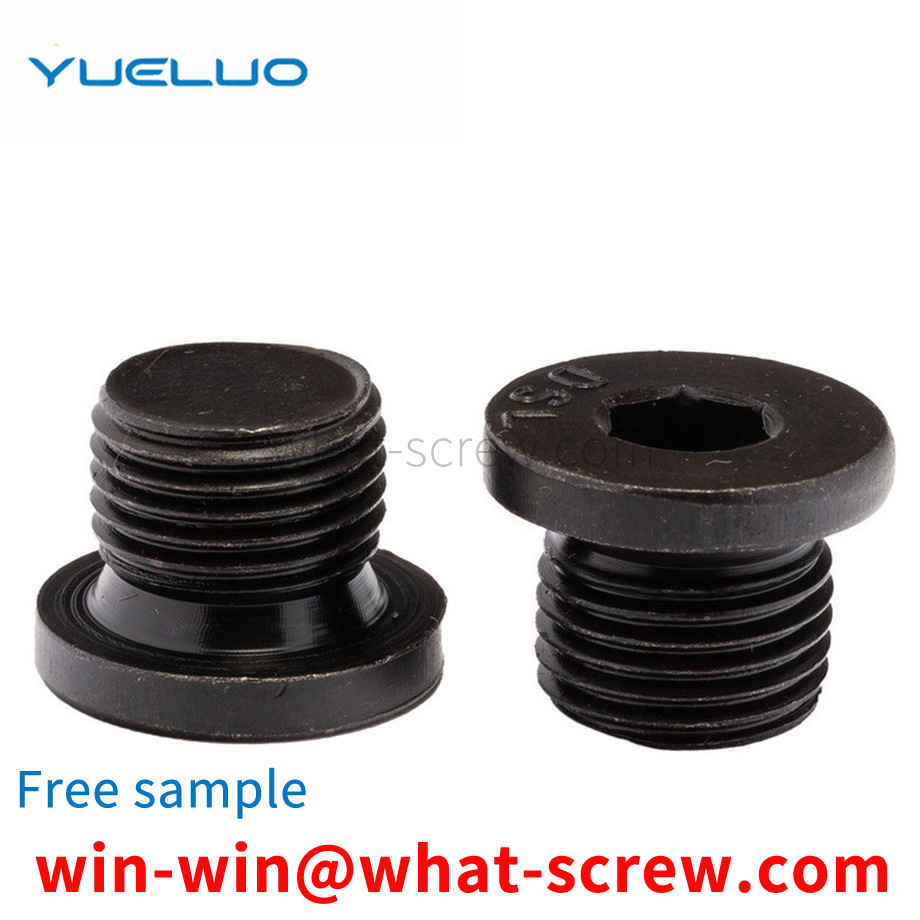
In order to achieve the above purpose, Guangdong Yueluo Hardware Industry Co., Ltd. provides the following technical solutions: an anti-drop screw structure, including a connecting bolt and a fastening screw, the connecting bolt includes a connecting screw and a connecting nut, one end of the connecting screw It is integrally connected with the connecting nut, the surface of the connecting screw is provided with an external thread, the connecting bolt is movably mounted with a matching nut, the matching nut and the connecting bolt are connected by thread, and the interior of the connecting screw is provided There is a screw hole along the axis of the connecting screw. The connecting screw is provided with a number of slots along the axis. The slot extends into the screw hole. The screw hole is provided with an internal thread, and the screw hole is movable in the screw hole. A tightening screw is installed, the tightening screw includes a tightening screw and a tightening nut, one end of the tightening screw is integrally connected with the tightening nut, and the tightening screw is connected to the tightening nut through a screw hole Bolted thread connection.
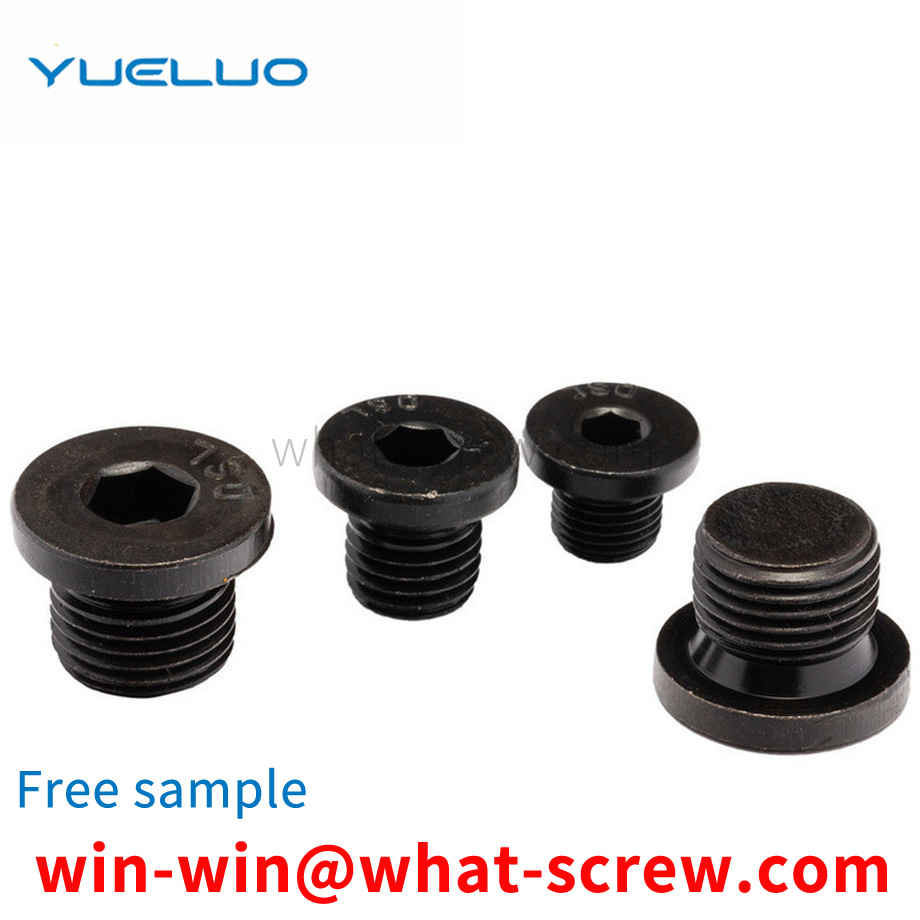
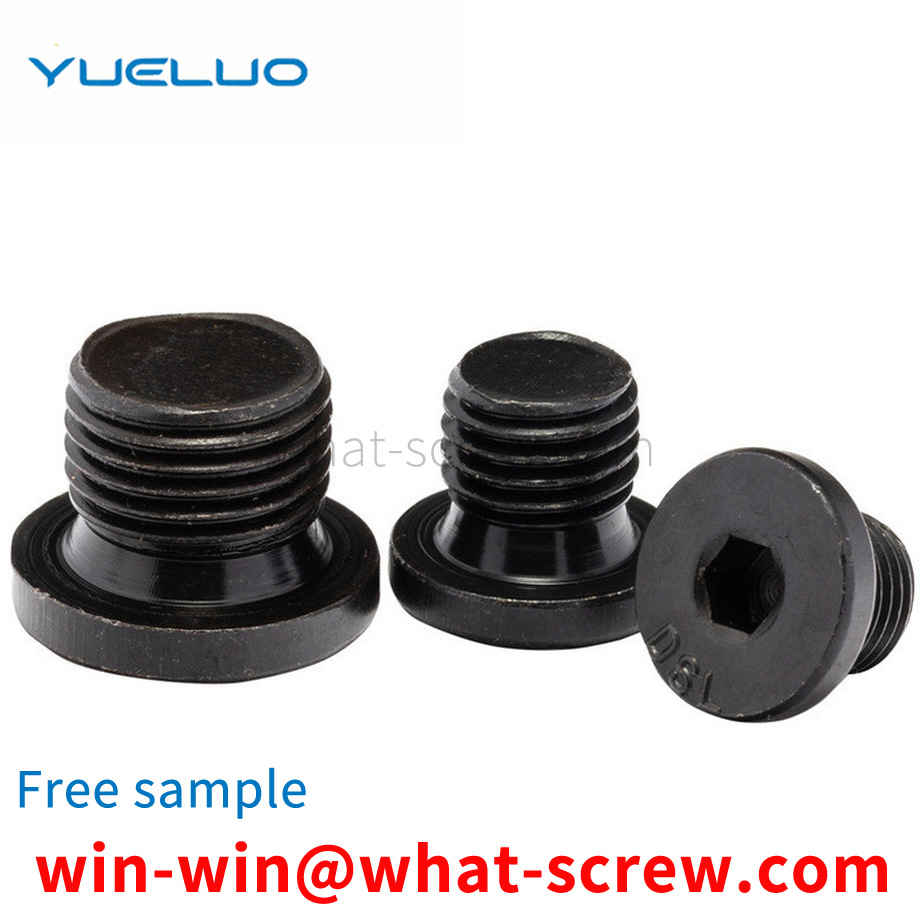
At present, injection molding screws are widely used in various electronic and automotive components, including a body, the middle of which is provided with a through hole 3, the body head 1 has a hexagonal cross-section, and the tail 2 is provided with screw teeth. When in use, the middle through hole 3 of the body will first put the wire harness, and then fix it by injection molding from the head I, and the threads of the tail 7 should be connected and installed with other components. Because the head I of the main body is hexagonal, the torque provided after injection molding is insufficient. Therefore, after the external thread is installed and connected with other components, the head is prone to slip, the installation is not reliable, and there is no push-pull force, resulting in product failure and increased safety hazards.
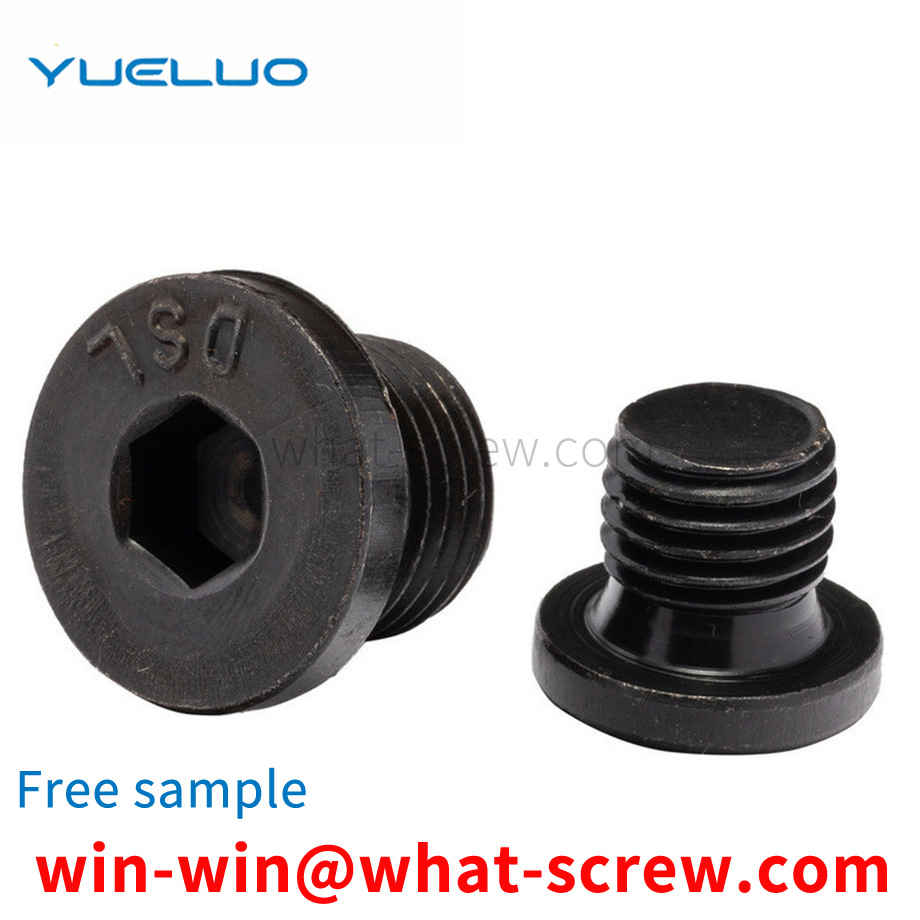
The bolt thread is generally cold worked, so that the thread blank within a certain diameter range passes through the rubbing (rolling) wire plate (die), and the thread is formed by the pressure of the wire plate (rolling die). The plastic streamline of the threaded part is not cut off, the strength is increased, the precision is high, and the quality is uniform, so it is widely used. In order to make the outer diameter of the thread of the final product, the required thread blank diameter is different, because it is limited by factors such as thread accuracy and whether the material is coated or not. Rolling (rubbing) thread is a processing method that uses plastic deformation to form thread teeth. It uses a rolling (screwing plate) die with the same pitch and tooth shape as the thread to be processed, while extruding the cylindrical screw blank, while rotating the screw blank, and finally transferring the tooth shape on the rolling die to the On the screw blank, the thread is formed. The common point of rolling (rubbing) thread processing is that the number of rolling revolutions does not need to be too much. If it is too much, the efficiency will be low, and the surface of the thread teeth will easily cause separation or random buckle. On the contrary, if the number of revolutions is too small, the diameter of the thread is easy to be out of round, and the pressure at the initial stage of rolling increases abnormally, resulting in a shortening of the life of the die. Common defects of rolled threads: cracks or scratches on the surface of the thread part; random buckles; out of roundness of the thread part. If these defects occur in large numbers, they will be discovered during the processing stage. If the number of occurrences is small, the production process does not notice these defects and then circulates to users, causing trouble. Therefore, the key issues of processing conditions should be summarized, and these key factors should be controlled in the production process.
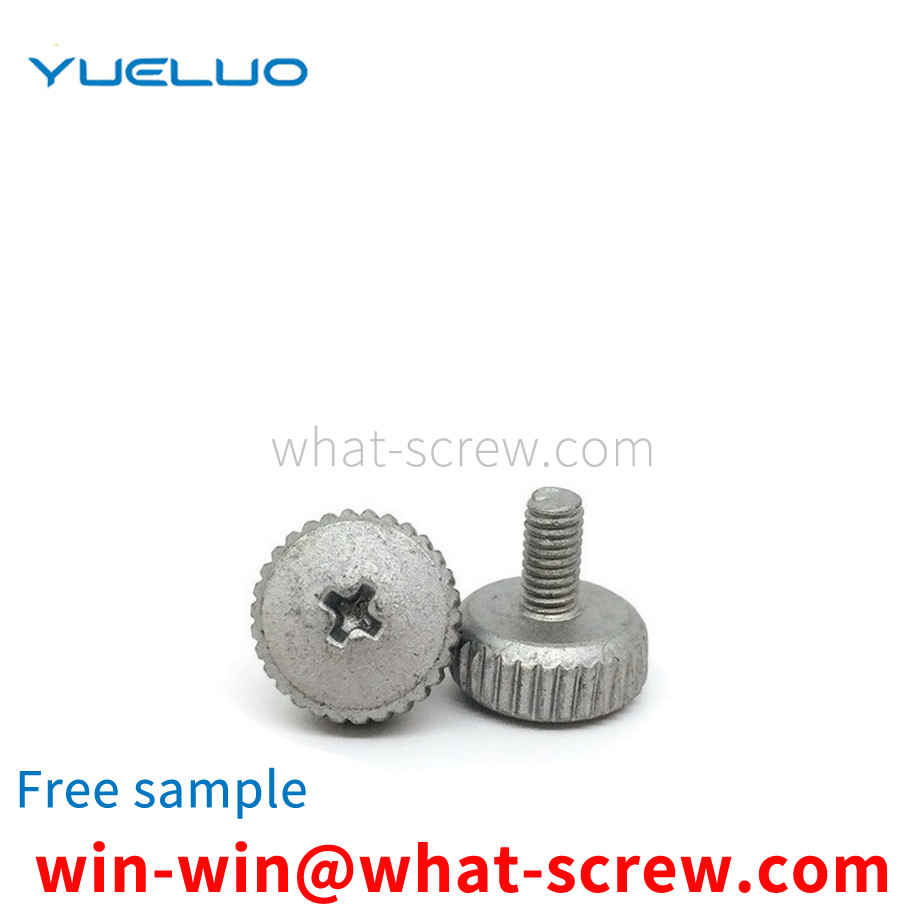
The above content is uploaded by Yueluo or the Internet. If there is any copyright issue, please contact [email protected].

What is the tolerance range of precision screws?

How to choose the right stainless steel screw manufacturer?

Why is there an R angle under the head of the hexagon head s...

We have more than ten years of production experience in the ...

We have more than ten years of experience in the production ...

We have more than ten years of experience in the production ...

We have more than ten years of experience in screw industry ...